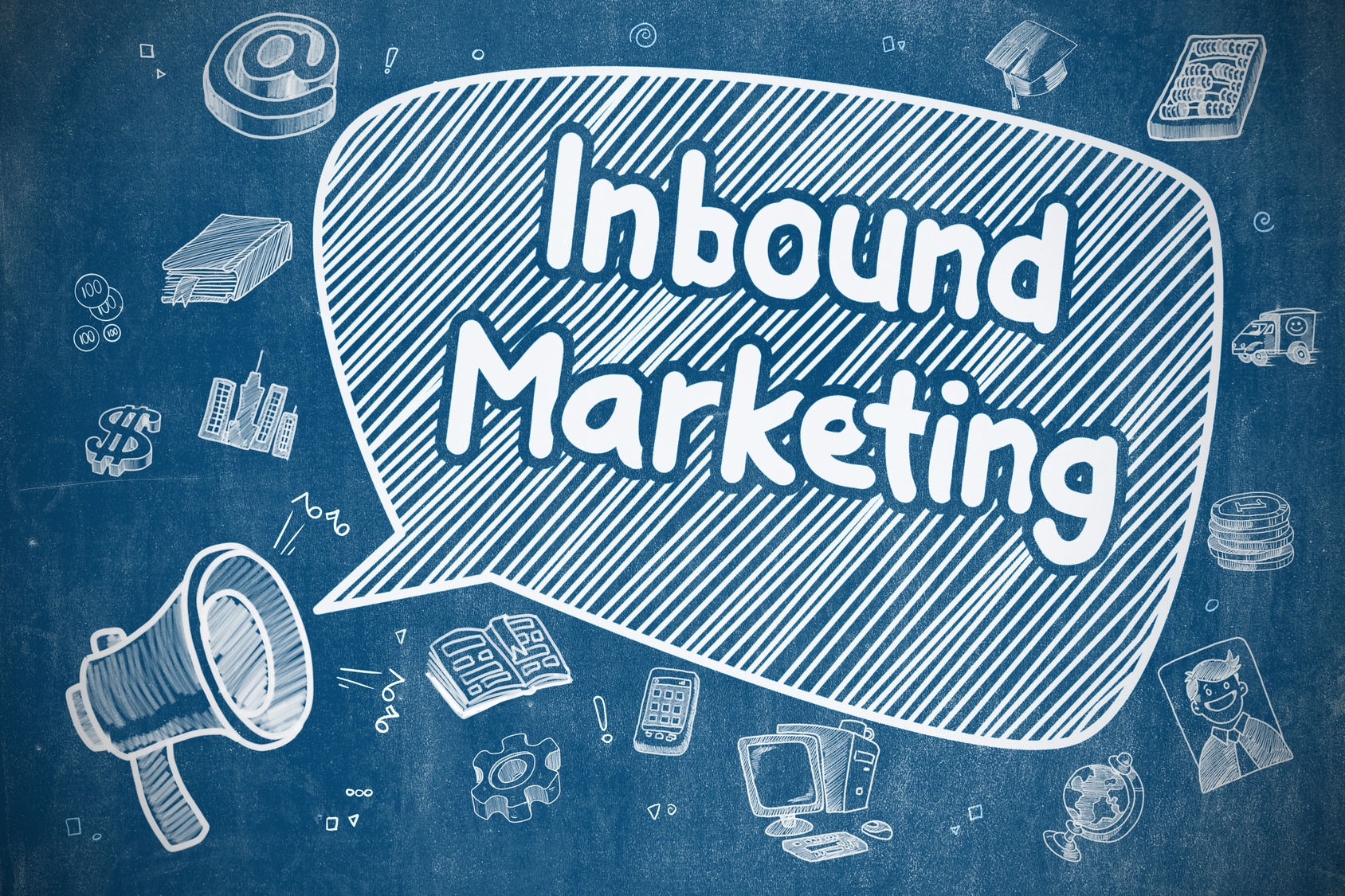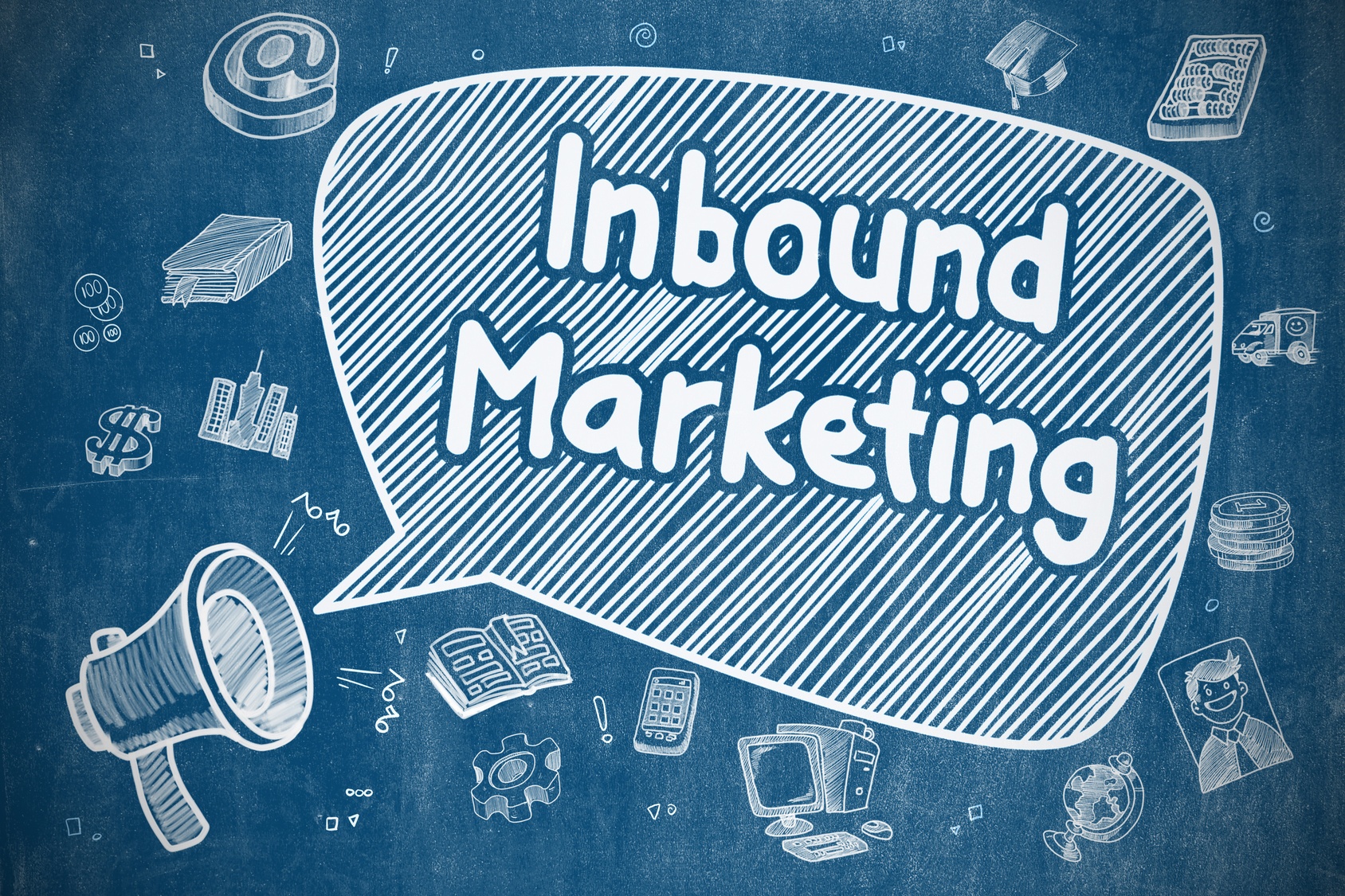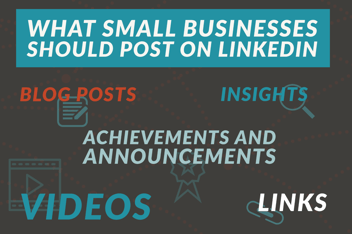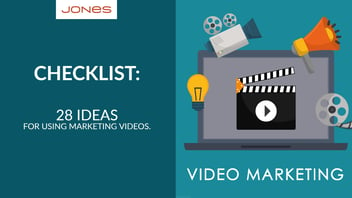How to Use Social Media to Drive Inbound Marketing

One of the biggest mistakes marketers make with social media is treating it as separate from the rest of the marketing strategy.
Siloed and in its own little world, social media can still help drive awareness and create conversations, especially for B2C brands, but if the real goal is lead conversions and sales, social media needs to be incorporated as a valuable part of the overall inbound marketing strategy.
More than 80 percent of marketing professionals told HubSpot in 2015 that social media was growing in its importance as a lead generation channel, outpaced only by SEO and email marketing. But many companies still struggle to connect social and sales.
JONES includes social media planning in the overall 13-point methodology employed for all of our inbound marketing efforts. (Find the complete methodology and “How We Do It” here.)
Of those thirteen points, the ones most involved in integrating social media into the complete inbound marketing strategy are:
1. DO THE MATH: Set social media marketing targets that align with revenue goals.
Knowing your goals is an important first step to planning a strategy. Do the math in advance to determine the marketing targets necessary to achieve your company’s revenue goals.
The process starts with revenue and sales, and works backward to determine the needed number of new leads, what level of website traffic is needed to generate those leads, and how much social media interaction is needed to drive that level of traffic.
You can use a format such as our Digital Echo Goals and Reporting Template to solidify those targets.
Companywide revenue goals should drive marketing strategies, not the other way around.
2. DEVELOP A CONTENT STRATEGY: Incorporate social media as one component of a complete content marketing plan.
Regardless of whether social media is covered by public relations, marketing, or a dedicated social media manager, it should not be an isolated effort. Your social media should be part of a complete companywide content and marketing strategy. Every part of that strategy should be designed with the end goal in mind of attracting website visitors, converting them into leads, and nurturing them through the sales funnel.
For social media, that means using updates, tweets, paid promotions and more to link your social network followers and audience back to your blog, landing pages, and other parts of your website.
3. CREATE VALUABLE CONTENT: Create content specifically for social media and use your social media presence to promote other materials on your website.
Content creation can take many forms, and all of them deserve to be treated with attention to making sure it is quality content. Don’t relegate social media content creation to a last-minute effort. It requires time and talent to tell a story in 140 characters or less, or with a 10-second mini-video.
Successful social media engagement also requires sharing content from other sources and participating in conversations with followers. It is a perfect vehicle for networking and connecting with other influencers to become a trusted information source within your industry.
4. ATTRACT VISITORS: View social media as one of the key tools to drive traffic to your website.
As mentioned in point #2: social media is a not an entity unto itself in the marketing strategy, but a key tool for driving traffic to your website. It should work in concert with other elements of your marketing strategy to attract visitors to your website and convert them into leads.
5. ANALYZE THE DATA: Use closed loop marketing to track traffic from both paid and organic social media and compare it to other channels that drive traffic and generate leads.
If you are using a marketing automation service such as HubSpot or other closed loop marketing system on your website, you can track where each visitor to your website originated. How many came from social media?
Track your traffic from social media, both paid channels and organic, to determine what topic, offers or information are most likely to generate visitors and which ultimately generate leads and sales. Understanding the effectiveness of your social media efforts is key to further improving marketing tactics, proving the ROI of your marketing strategy and justifying future budget requests and staffing needs.
At JONES, we know that the best marketing strategies are designed so that all channels of communication are working together to achieve the same goals, with those goals based on meeting sales and revenue marks that support the company’s bottom line. Learn more about our social media and inbound marketing philosophy in Social Media: The JONES Solution or download The Benefits of Campaign Planning with JONES.
-1.png?width=1652&height=294&name=Jones(RGB)-1.png)












